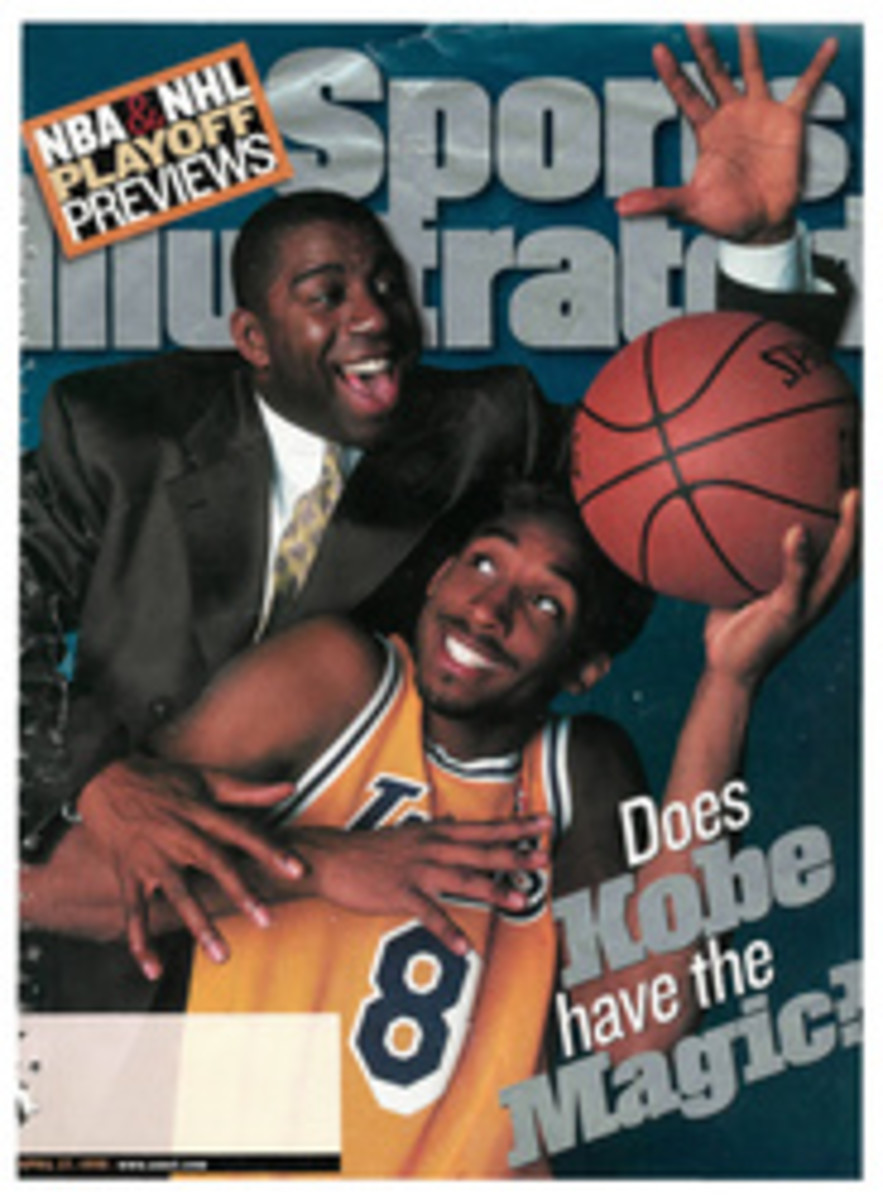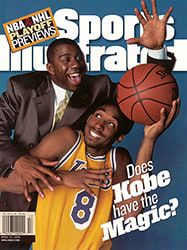
The Little Show The Stat Nobody Talks About A falling beam at Yankee Stadium reminds us how lucky baseball has been
Souvenir 500-Pound Extension Joint Night at Yankee Stadium was
the inspiration for a lot of comedy bits, as well as renewed
calls for another publicly financed, free-ride stadium. But
late-night monologues and land grabs aside, the structural
problems in the Bronx struck fear into the players: "The stadium
is crumbling around us," was David Cone's assessment. He
shouldn't worry. Every time a stadium has crumbled, the players
have been unaffected. Every time there's been a mishap involving
a team in transit, the players have escaped unharmed. Every time
disaster has visited, baseball's been lucky.
It's a 128-season-long streak that nobody likes to talk about
because, in this most statistically oriented of games, it's long
been whispered that this is a statistical impossibility. "Hey,
you fly a lot," George Costanza said to Keith Hernandez in a
Seinfeld episode. "Ever wonder how a team hasn't crashed by
now?" Air disasters have claimed entire college football and
basketball team, the U.S. figure skating squad of the early
1960s and Britain's Manchester United soccer team of 1958. But
when smoke filled the Braves' plane in 1995 and the tiles
started dropping from the Kingdome in Seattle in '94 and the
beams fell from Olympic Stadium in Montreal in '91, baseball
players always lucked out.
The sport is prepared in case its luck runs out. The American
and National leagues have plans--similar to an expansion
draft--to restock a franchise decimated by accident. The
American League's doomsday scenario is benignly entitled, "The
Rehabilitation Plan to Assist a Disabled Club."
Baseball has been dodging stadium and transportation disasters
since the parks were made of wood and the road trips were made
on rails. A fire broke out in the Boston Beaneaters' park during
a game in May 1894, eventually destroying 170 nearby homes and
doing a million dollars' worth of damage. No players were hurt.
Three months later the Chicago Colts' West Side Grounds caught
fire, and only the heroism of players George Decker, Jimmy Ryan
and Walt Wilmot saved hundreds of fans trapped behind a fence in
the bleachers. The 1911 St. Louis Cardinals avoided disaster on
a train ride from Philadelphia to Boston because manager Roger
Bresnahan thought the team's sleeper car was too close to the
engine and wouldn't be quiet enough for his players. After the
cars were reordered and the train got under way again, it
plunged down an 18-foot embankment near Bridgeport, Conn.
Fourteen people were killed, 47 injured, and most of them were
riding in the passenger coach that replaced the Cardinals'
sleeper. In May '92 the Angels' team bus crashed into trees
outside Philadelphia, but only manager Buck Rodgers was injured
seriously enough to miss time.
While it may seem surprising that a team of major league players
hasn't yet had a catastrophe at a ballpark or traveling to one,
it is probably in line with statistical odds. There aren't that
many group disasters every year. Taken as individuals--20,000
ballplayers spread over 128 years, with dozens, including
Roberto Clemente, Thurman Munson and Indians pitcher Steve Olin,
killed in accidents--the players have statistically been no
luckier than the rest of us.

